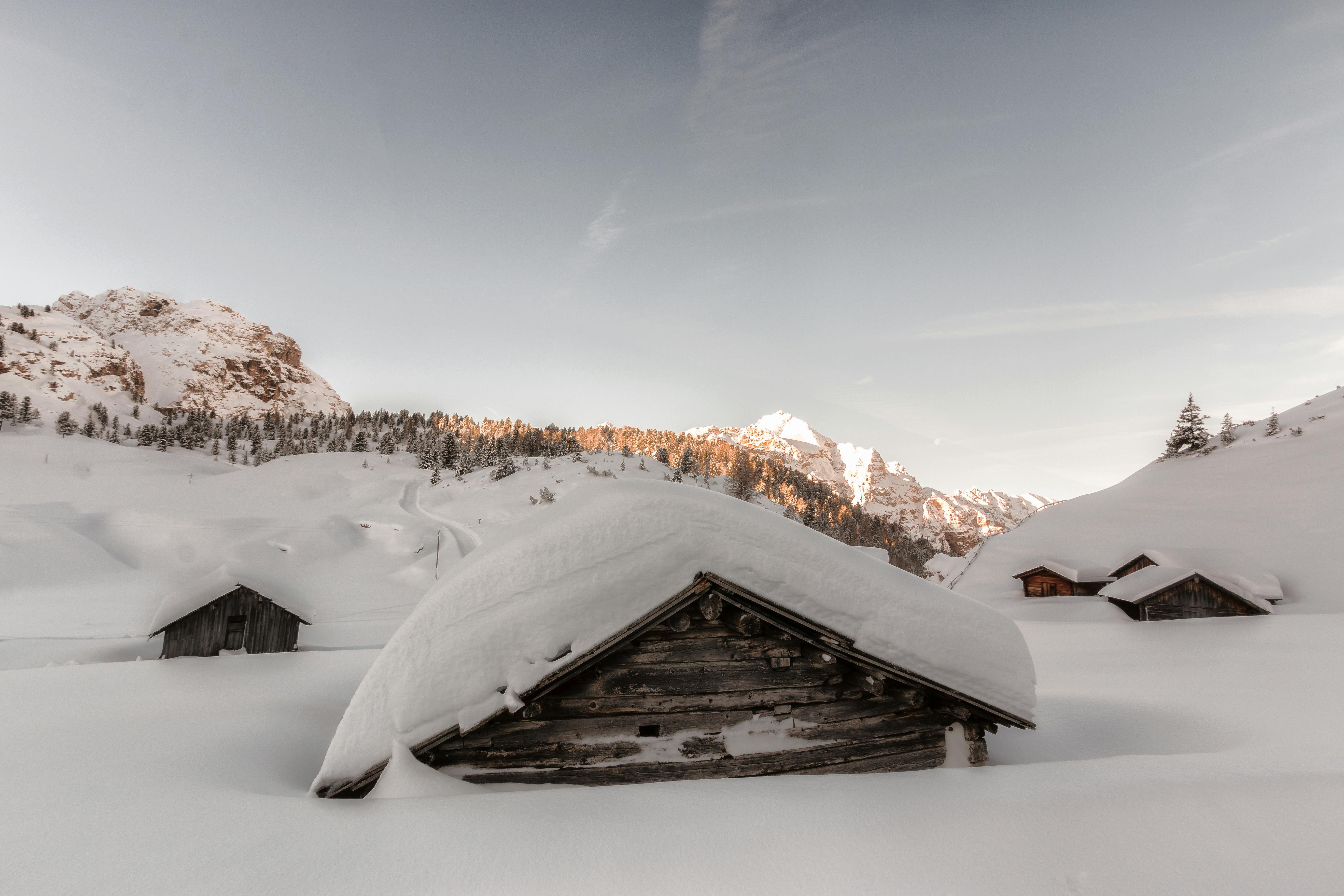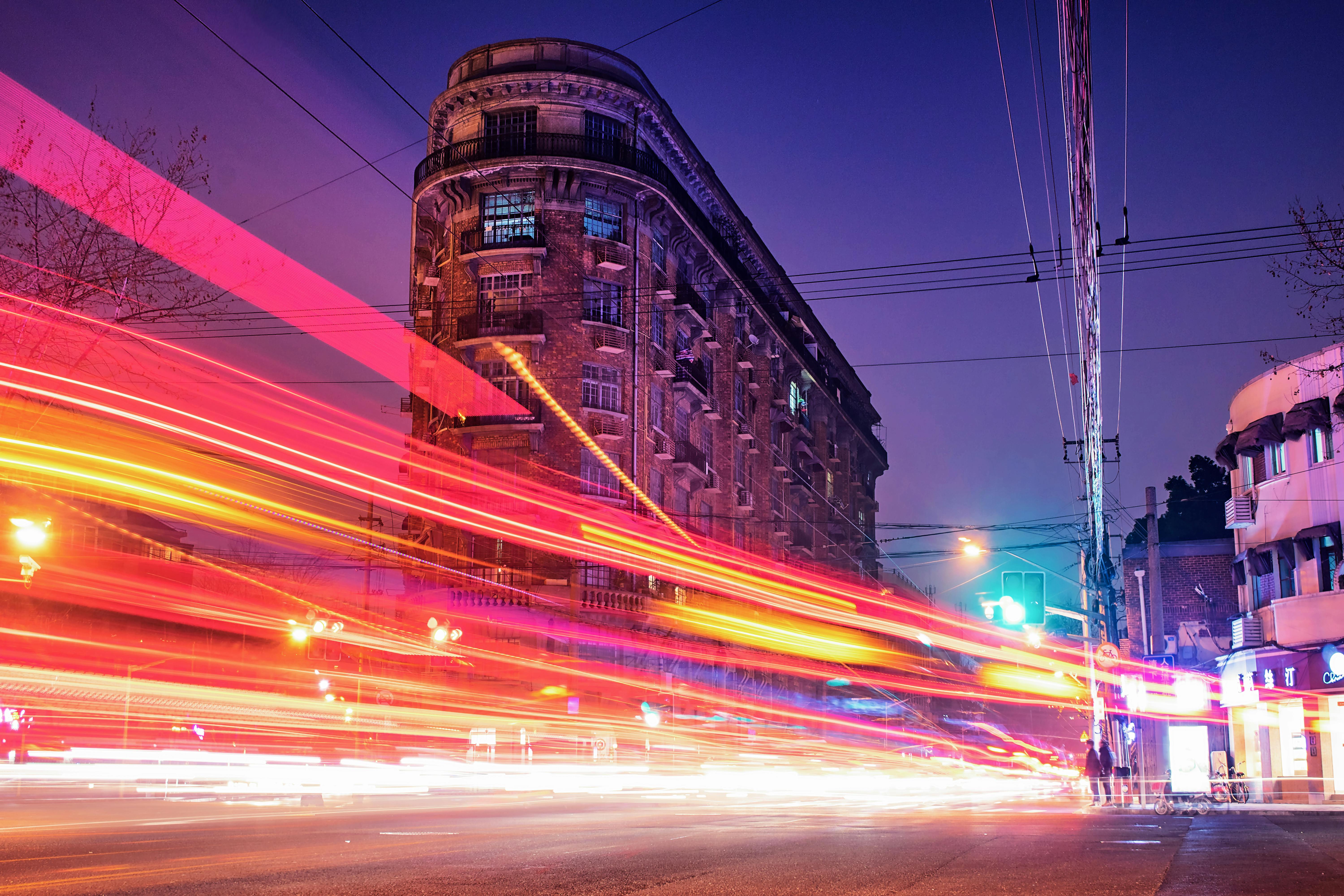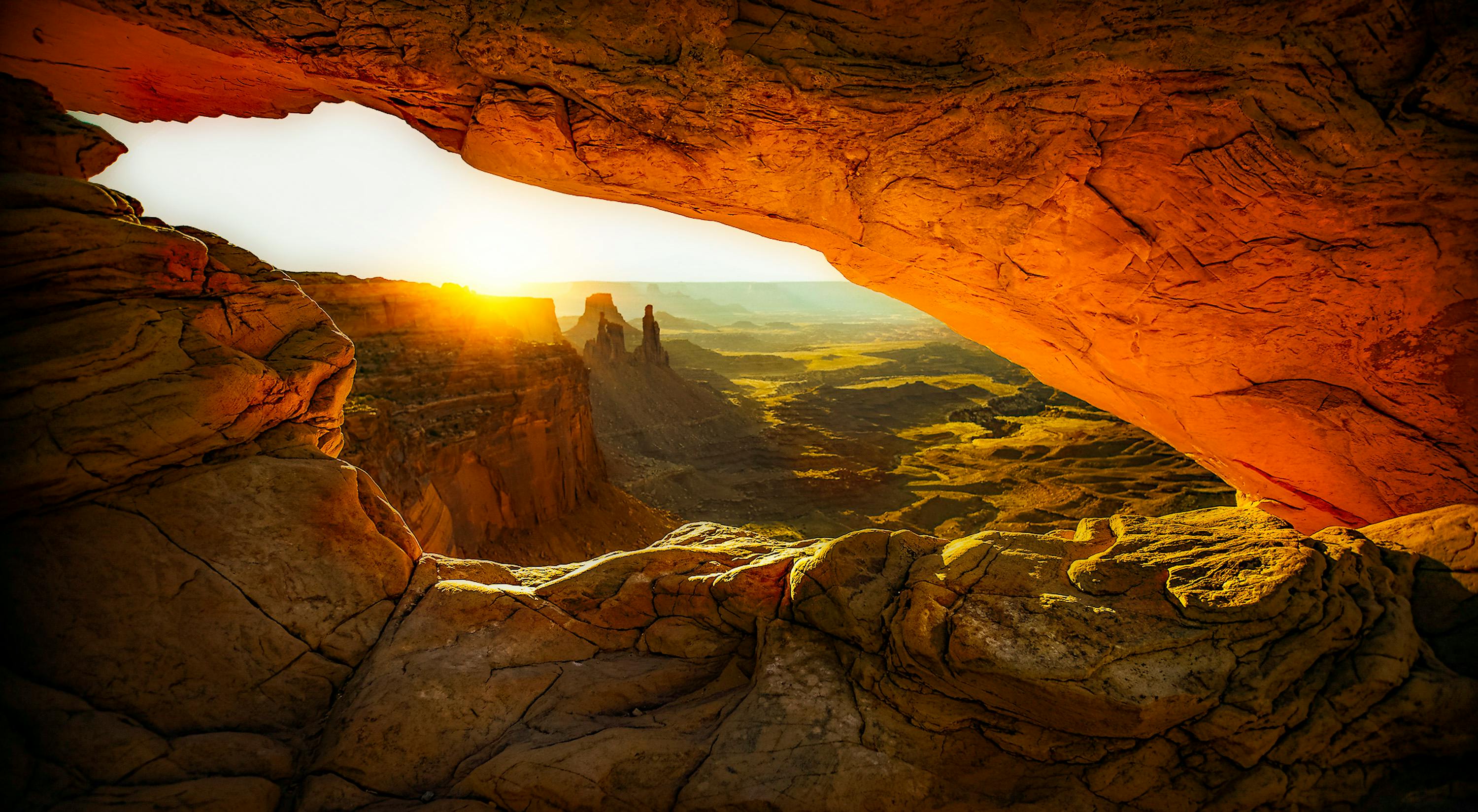On January 7, a charter bus with 34 people on board left Asheville before dawn. The destination: a meeting of the federal Blue Ribbon Commission on America’s Nuclear Future (also known as the Commission). This was the only meeting scheduled in the region and bus passengers were well prepared to argue against two issues. First of all, WNC is used as a possible step for the transport of nuclear waste. And second, the possibility that Sandy Mush will be put on the table again as a possible repository for reprocessed nuclear waste.
The original site as a possible deposit was the Yucca Mountain region of Nevada. That site was selected in 1987. Despite more than $9 billion dollars being spent developing the Yucca Mountain location, the site was closed earlier this year without having received a single barrel of nuclear waste.
When the original site was secured in the Yucca Mountain region of Nevada, the City of Aiken, SC and Augusta GA volunteered to bring the country’s high-level nuclear waste for recycling, not storage. When the Aiken/Augusta regions made this move, two potential problems arose for western North Carolina. How will the waste get to South Carolina and where will the 99% that cannot be recycled be deposited?
Rail, road and water are all possible solutions for transportation. If the waste is transported by road, then I40 and I26 seem to be the preferred routes. In this sense, some see the widening of US 25 as part of a master plan to also use this route for transportation.
David Ireland, a member of the local Green Party and Commission aide, is convinced that roads in the area are being upgraded to meet the standards required for the transport of nuclear waste. “NIRS (Nuclear Information Resources Services), about three years ago, published a roadmap showing where nuclear waste would be transported,” Ireland says. “Each map shows Asheville and western North Carolina at the crossroads.”
The closest site to South Carolina that has been considered in the past to dispose of 99% of non-recyclable waste is Sandy Mush in Leicester.
People who lived in WNC in 1986 may remember the vocal opposition heard when the federal government announced that it was studying the feasibility of burying much of the nuclear waste within 14 miles of downtown Marshall.
At the time, the Governor, House Representatives, and even the late Sen. Jesse Helms argued against the plan. Several area residents also met with Vice President George Bush to argue against putting the landfill here.
In April of that year, so many people signed up to speak against the proposed landfill at a public hearing that the hearing lasted a full nine hours.
A 105-square-mile piece of land that straddles parts of Madison, Buncombe and Haywood counties was one of 12 sites east of the Mississippi being considered for nuclear fuel waste storage.
A look at old newspaper accounts shows that the DOE was convinced that the 2-mile-thick granite layer beneath Sandy Mush was the answer for long-term storage of spent nuclear fuel. However, opponents raised concerns that the rock was broken and the resulting groundwater seepage would corrode the metal storage boxes and cause leaks.
Following strong public outcry, the DOE announced in May 1986 that the twelve proposed sites were “deferred indefinitely”, prompting the federal government to decide to build a storage facility on Yucca Mountain in Nevada.
According to the Las Vegas Review-Journal, “Energy Secretary Steven Chu has said that Yucca Mountain is not a viable option for waste disposal due to factors such as the difficulty of securing permanent water rights in the face of opposition from Nevada and the prospect of storing the residue above ground in dry barrels for more than 100 years.”
In 2009, Mary Olson, a WNC resident and environmentalist who has studied nuclear power, wrote an op-ed in Mountain Xpress suggesting that the proposal to bury nuclear waste in Sandy Mush could go back to the federal government’s drawing board.
“That proposal was only shelved, not canceled when the Nevada Yucca site was selected,” Olson wrote in a December 8, 2008, letter to the Asheville Citizen-Times. “An Eastern repository should be reconsidered by Congress in 2010”.
Olson went on to say that the Commission will write policies on nuclear waste disposal, among other things.
“The Obama administration is pursuing the idea of shipping the waste that would have gone to Yucca to South Carolina for processing,” Olson said. “If they do that, then Sandy Mush is one of the two closest sites to the Department of Energy site where the ‘recycling’ of the waste would be done.”
That, however, is speculation. The Commission has not yet established policies for determining sites of choice, much less for choosing any site for nuclear waste. Regardless, the need to find a burial site for spent nuclear fuel is at the top of the to-do list. The Commission plans to submit a preliminary report to the Secretary of Energy in July 2011 and a final report in January 2012.
While nuclear waste transportation and storage issues have only been a primary concern for western North Carolina for about the past 25 years, opponents of nuclear power and government nuclear policies have spoken out long before Three Miles Island.
Ryan “Ned” Doyle, host of “News From BackHome” (WNCW 88.7 FM, Spindale, North Carolina) has been living off the net for about 15 years. “The only good nuclear power is 93 million miles away,” says Doyle.
One issue that many people in favor of nuclear power insist on is the economic benefits to a community. “That’s not so,” says Doyle. “Anyone who claims that an area benefits economically from having a nuclear reactor or repository in their area is misinformed,” he says. “There can be rapid job creation during the initial construction of the facility, but once the facility is complete, the jobs dry up.”
One question Doyle, Ireland and the other 32 people on the bus have: “When will the future of our children and the planet be worth more than short-term profits?”
For all of us, it is a question that must be answered soon.



